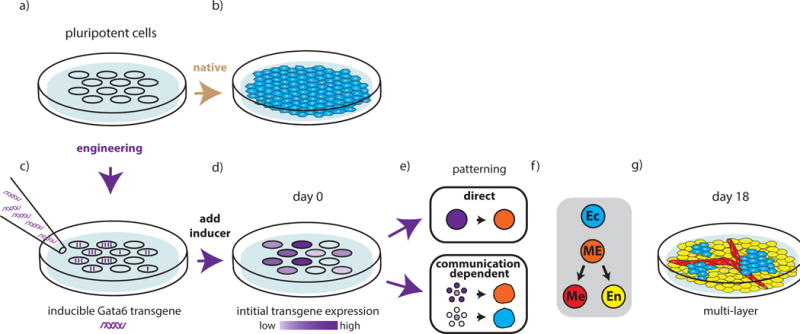Figure 3. Increased complexity in cellular composition of stem cell differentiation as a function of initial genetic asymmetries.

Shown is a schematic representation of the results we wish to highlight from Guye et al. [28]. a–b) Unengineered pluripotent cells undergo native developmental trajectories to build a sheet of ectodermal cells in a monolayer in media supporting pluripotency. c–g) Engineered pluripotent cells develop more complex multicellular structures c). An inducible GATA6 transgene is introduced into pluripotent cells such that individual cells take up variable copy numbers of the transgene. d) Once the inducer is added, the asymmetry introduced by variable copy number uptake is maintained as variable expression levels of the GATA6 protein. e) Two distinct types of patterning occur as a result of the engineering. Direct patterning leads cells with high levels of transgene expression to adopt a mesendodermal (ME) while cells with no transgene maintain ectodermal (Ec) fate. When transgene expression levels fall within a mid-range, patterning becomes communication-dependent and cell fate is largely determined by the expression levels of neighboring cells. f) With continued growth, and in the absence of specialized media or inducers, the cells continue to differentiate along ectodermal (Ec), mesodermal (Me), and endodermal (En) lineages and ultimately self-organize to create a complex and multilayer liver-bud-like structure.
